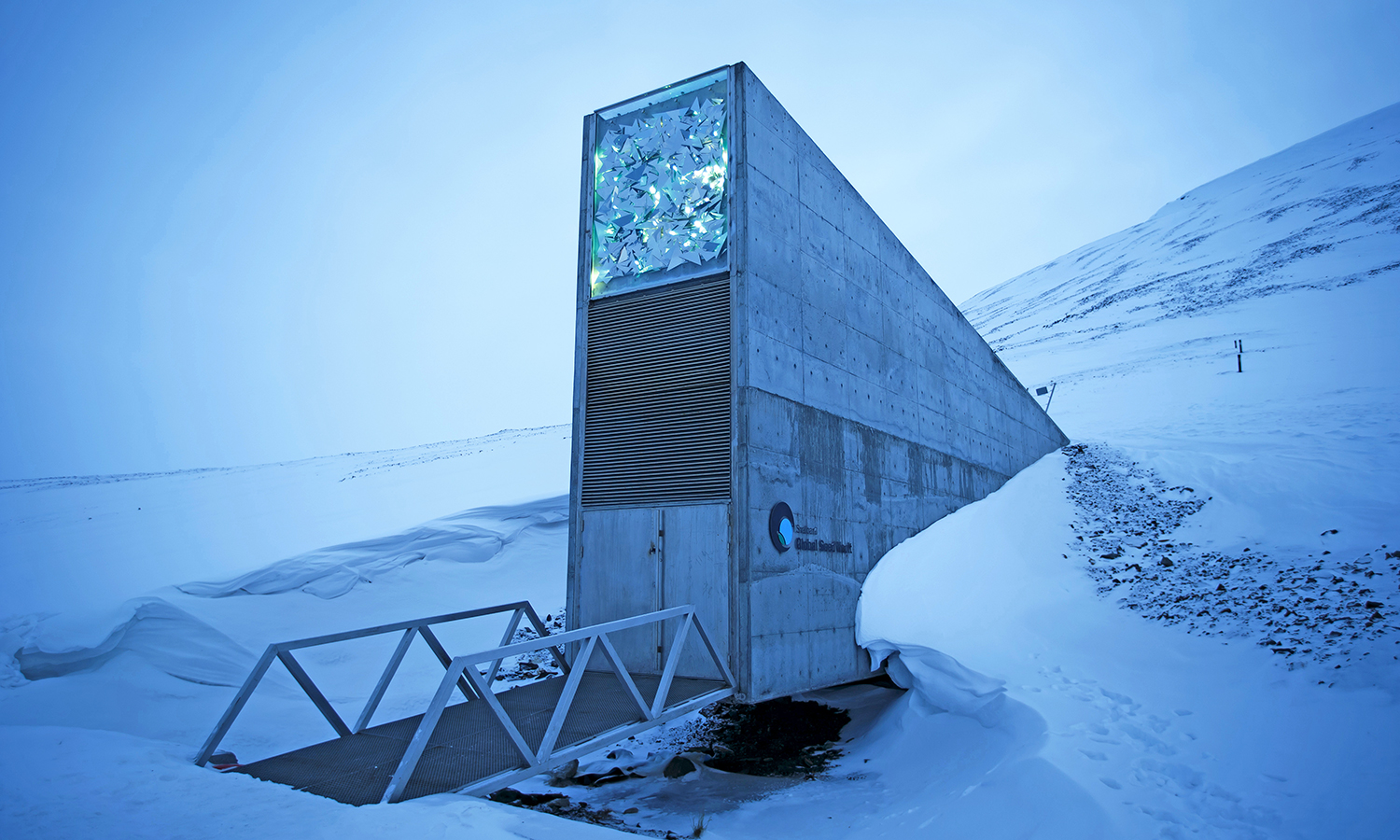
'Doomsday Vault' Gains 50,000 Seeds to Fend Off Food Crises

A so-called "doomsday" seed vault on a remote island in the Arctic Ocean has received a major new deposit of 50,000 seeds as part of an ongoing effort to defend the planet against global food crises, according to news reports.
The Svalbard Global Seed Vault, built underground about 620 miles (1,000 kilometers) from the North Pole, is a frozen-storage facility that houses the world's most important crop seeds. The vault was built in 2008 as a backup for gene banks around the world and to keep the valuable genetic material protected from natural disasters, equipment malfunctions, war and other problems. Thus, the moniker "doomsday vault." [In Photos: Take a Tour of the World's 'Doomsday' Seed Vault]
This week, the vault gained 50,000 new seed samples from collections around the world, reported the Associated Press.
The new deposit included samples from gene banks in Benin, India, Pakistan, Lebanon, Morocco, the Netherlands, the U.S., Mexico, Bosnia and Herzegovina, Belarus and Britain, according to the AP.
Included in the large new deposit were more than 15,000 samples modified by the International Center for Agricultural Research in the Dry Areas (ICARDA), an organization that specializes in "dry zone agriculture" where water resources are poor, according to the AP. In 2015, the research center was the first to make a withdrawal from the vault. The withdrawn "dry-zone" seeds were brought to Syria, where a gene bank near the war-torn city of Aleppo had lost some of its plant material, Live Science previously reported.
Seed specimens withdrawn included rice, potato and wheat, among others. According to Aly Abou-Sabaa, the head of the International Center for Agricultural Research, the seeds were successfully borrowed and altered for use in the dry zone. Abou-Sabaa said this showed that it was possible to "find solutions to pressing regional and global challenges," the AP reported.
"The reconstituted seeds will play a critical role in developing climate-resilient crops for generations," Abou-Sabaa said, according to the AP.
Sign up for the Live Science daily newsletter now
Get the world’s most fascinating discoveries delivered straight to your inbox.
Original article on Live Science.










